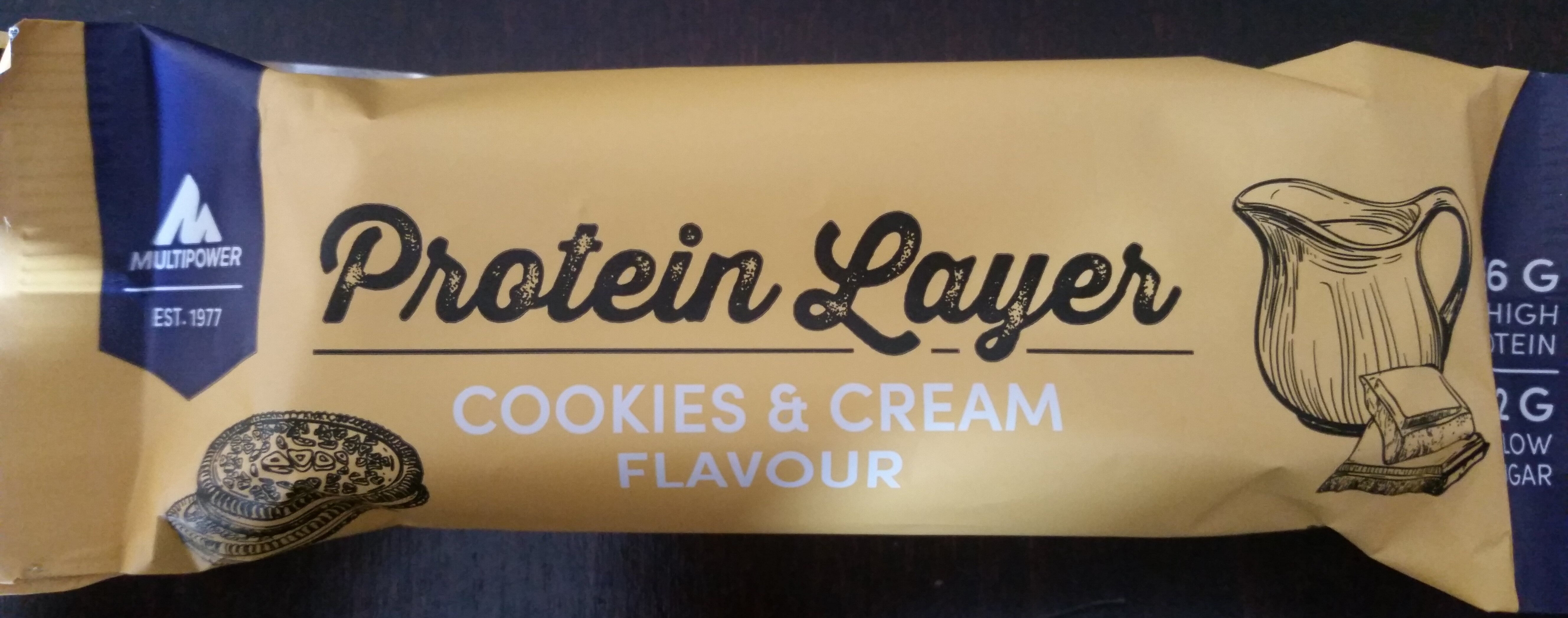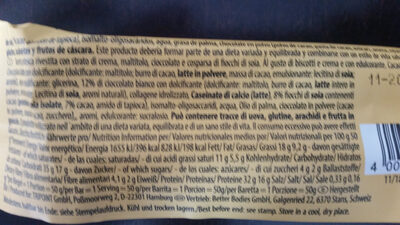Protein Layer Cookies&Cream Flavour - Multipower - 50 g
This product page is not complete. You can help to complete it by editing it and adding more data from the photos we have, or by taking more photos using the app for Android or iPhone/iPad. Thank you!
×
Barra-kodea: 4006643132876 (EAN / EAN-13)
Kopurua: 50 g
Markak: Multipower
Kategoriak: Elikadura-osagarri, en:Bodybuilding supplements, en:Protein bars
Saltzen diren herrialdeak: Espainia
Matching with your preferences
Ingurumena
Ontziratzea
Transportation
Threatened species
Report a problem
Datuen iturria
Product added on by kiliweb
Last edit of product page on by itsjustruby.
Produktuaren orria -gatik editatua inf, msc, openfoodfacts-contributors, thaialagata, yuka.UnFzSkNhVVRtOHNUd01WdjFESDQxTzFzNjdpemVFS1dMTVVNSVE9PQ.
If the data is incomplete or incorrect, you can complete or correct it by editing this page.











